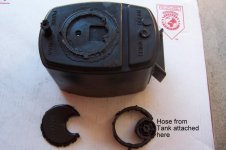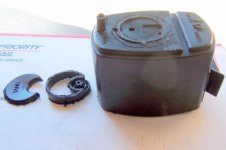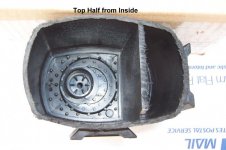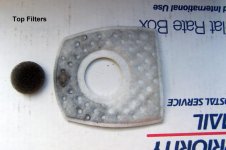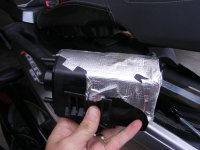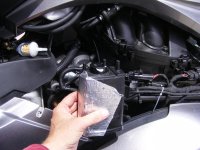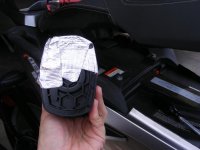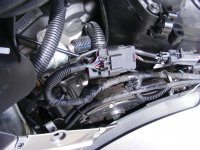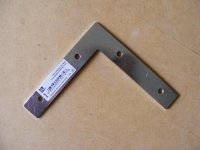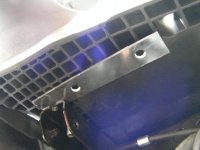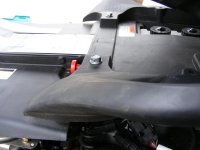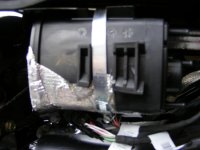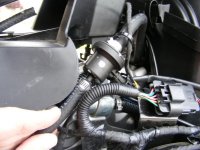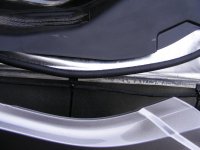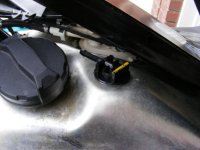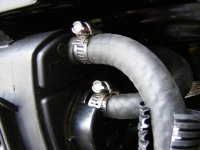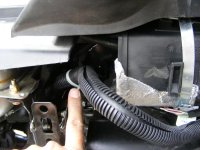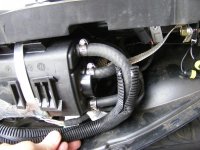Craniac
New member

Found this on the web. The foam at the bottom is a "volume compensator". This drawing also shows a bit of a tube inside to prevent the new vapors just being sucked into the engine. I'm guessing the foam is supposed to keep the charcoal tight against the top so the fumes have to travel a little way through charcoal. I might add a buffer tube to the purge outlet.
Also the roll over valve on top of the fuel tank is supposed to prevent liquid fuel from entering the evap system. I know that I get liquid fuel in the evap system. Have the pictures to prove it.

